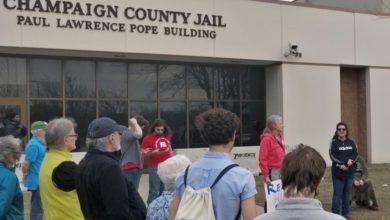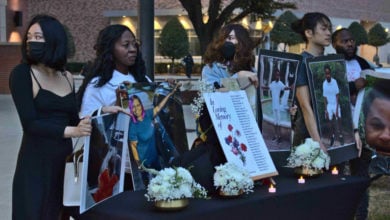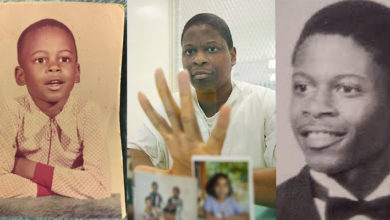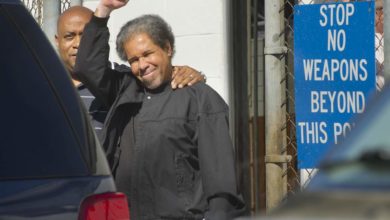Annie Dookhan, a former chemist for the Massachusetts state crime lab, recently started serving her 3-5 year sentence for falsifying evidence in drug cases that have potentially compromised tens of thousands of criminal cases. At present 350 people have been released from prison along while hundreds of others have had criminal charges against them dismissed. Original estimates were that roughly forty thousand people could be affected by this misconduct; however public defenders in the state estimate that up to 190,000 cases could be tainted.
Dookhan’s crimes consisted of lying about whether or not she tested drug evidence, then altering samples after the fact to cover her tracks. Dookhan claims that she was motivated purely by the desire to be seen as a more productive worker and thus gain a promotion. Taken at face value it seems incomprehensible why someone who has potentially ruined thousands of lives due to massive fraud would receive such a light sentence.
A deeper look however makes it appear that the plea deal given to Dookhan was part of an attempt to cover-up even more widespread misconduct in both the lab and the district attorney’s office. The Massachusetts lab, which was unaccredited, was described by the ACLU as being in “disarray” and having “no accountability,” suggesting that Dookhan’s crimes couldn’t have been the work simply, in the words of Attorney General Martha Coakely,of a “rogue chemist.”
Further reinforcing this, one consultant, who helped write guidelines regarding forensic lab standards and procedures that Massachusetts claimed to be following, stated to radio station WBUR: “Obviously, either the red flags went up and weren’t paid attention to … or there were no red flags because the recommendations weren’t being followed.”
Even more ominously, records show that both police officers and prosecutors had contacted Dookhan directly regarding her samples, in violation of the alleged standard procedures. One Assistant District Attorney in the state already has resigned over this improper contact.
Viewed in this light, the slap-on-the-wrist plea deal that Dookhan was given is an attempt to sweep under the rug what was mostly likely a fairly significant ring of police, prosecutors, and at least one chemist conspiring to tamper with evidence to assure convictions.
This is just one example of the dirty underside to the “law and order” policies that undergird the mass incarceration epidemic in the United States. In a system that rewards people from the crime scene to the courtroom for putting as many people as possible behind bars (particularly those from oppressed neighborhoods), it is almost inevitable that some will employ corrupt means to advance their standing.
The true culprit is the so-called “war on drugs,” a key driver of mass incarceration, which based on an anti-poor, racially biased demonization campaign has criminalized the symptoms of poverty in oppressed neighborhoods across the nation.
The corruption of these officials and scientists is no isolated incident. Behind them stands a whole state apparatus, which for the last 40 years has used mass incarceration as a principal strategy to manage the social costs of growing unemployment and inequality. These state institutions reward those who excel at locking up poor people, innocent or not, which is proof positive that we need a whole new system built on entirely different foundations.
Eugene Puryear is the author of the recently released book “Shackled and Chained: Mass Incarceration in Capitalist America” (PSL Publications, 2013), which can be purchased at http://www.ShackledandChained.com






